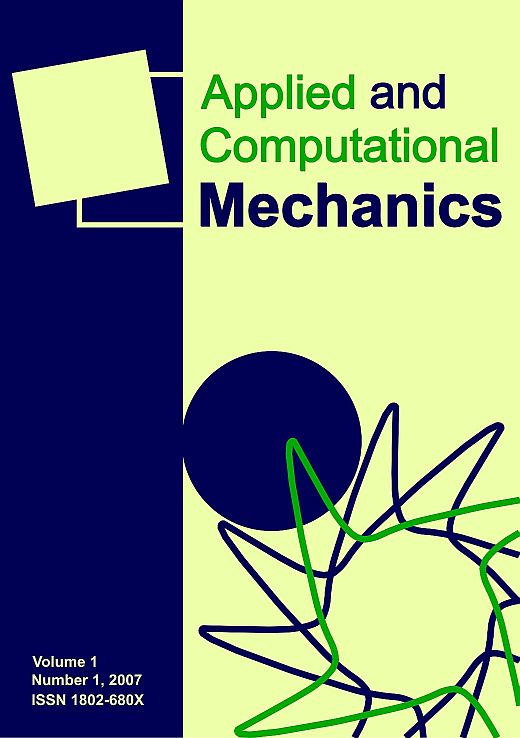Influence of mesh density on calculated extreme stresses in aortic aneurysms
Keywords:
abdominal aortic aneurysm, finite element model, peak wall stress, mesh densityAbstract
The paper deals with evaluation of the influence of finite element mesh density on the resulting extreme stresses in models of abdominal aortic aneurysms. In most patient-specific computational models published recently, a free mesh of tetrahedrons is used and any information on density of the applied mesh is often missing. In this study a comparison of different mesh densities has been realized with four patient-specific model geometries, all based on a numerical reconstruction of the unloaded geometry of the aneurysm, and with two different Yeoh-type constitutive models. It has been shown that resulting maximum stresses are not mesh independent; due to a better description of the stress gradient in the critical location, the maximum wall stress increases with increasing number of elements throughout the wall thickness, especially in models without residual stresses. This effect is more pronounced when using Vande Geest constitutive model with higher strain stiffening than for Raghavan-Vorp material parameters. Although the mesh density requirements were not so high when the stress gradient was reduced by taking residual stresses into consideration, even in this case low numbers of elements throughout the wall thickness may give mesh dependent results. Although for a rigorous recommendation of the mesh density more analyses are needed, it was shown that the time consuming procedure of taking residual stresses into consideration cannot be replaced by a simpler model with rough mesh.Downloads
Published
31-Dec-2016
Issue
Section
Articles
License
Copyright (c) 2017 Applied and Computational Mechanics

This work is licensed under a Creative Commons Attribution 4.0 International License.
How to Cite
“Influence of mesh density on calculated extreme stresses in aortic aneurysms” (2016) Applied and Computational Mechanics, 10(2). Available at: https://acm.kme.zcu.cz//article/view/327 (Accessed: 30 July 2025).







